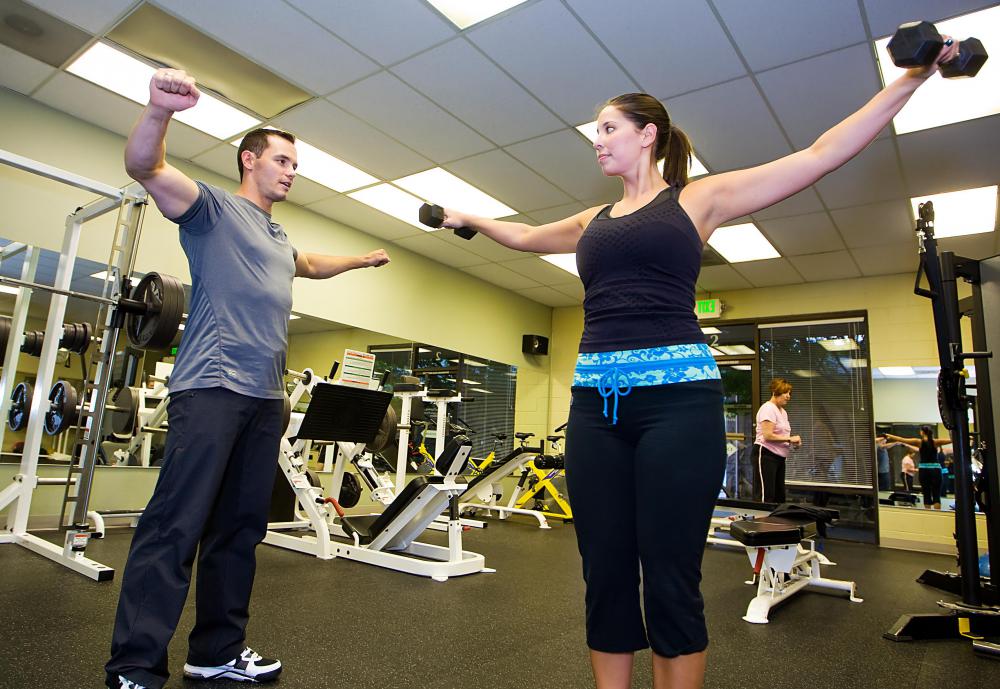At WiseGEEK, we're committed to delivering accurate, trustworthy information. Our expert-authored content is rigorously fact-checked and sourced from credible authorities. Discover how we uphold the highest standards in providing you with reliable knowledge.
What Is Progressive Overload?
Progressive overload is a workout principle that emphasizes a progressive intensification of stress on the muscles. Many people involved in weightlifting, strength training, and even in physical therapy use this technique. This develops the muscles and enhances strength and endurance.
The explanation behind the principle of progressive overload is that the muscles should experience an advancing change in order to develop and increase in size. When a person begins to make a workout routine, the body generally adapts to the activity, and in time, does not exert as much effort as the person wants it to exert. The heart and breathing rates eventually slow down, the metabolism speed decreases, and the muscles become resistant to the stress applied on them. This situation is usually termed as a “plateau.”

Trainers usually recommend weight lifters and athletes begin progressive overload by adding more weights or by doing more repetitions of a certain exercise. For example, if a person is used to lifting 10 lbs. (4.53 kg) of weights in each hand for 20 repetitions, he can progress to lifting 15 lbs. (6.80 kg) of weights for 25 repetitions. The person can also add to the number of sets he presently does. For example, instead of just doing five sets of 10 repetitions of pushups, the person can increase to doing 10 sets of 15 repetitions.

Frequency of workouts can also be increased by, for example, going to the gym twice a week instead of just once a week. Different exercise routines can also be added to the present routines a person is doing. Aside from all the factors that needed to be increased, progressive overload can also include a decrease in rest time. This forces the muscles to work extra hard and develop more strength. Decrease in rest time can be applied to reducing the time interval between the exercise sets or the routines in general.

A step-by-step process of applying progressive overload is safer than incorporating the “progression” all at once. A trainer can recommend an increase in repetitions first before adding more sets to a routine. For some lifters who want faster results, both increases can be done simultaneously, in addition to increasing weights as well. Usually, it takes two to three weeks for the body to adjust and adapt to the exercise routine. After that, the person can switch things up and start the process of progressive overload until he reaches his muscle or weight goals.
AS FEATURED ON:
AS FEATURED ON:














Discuss this Article
Post your comments